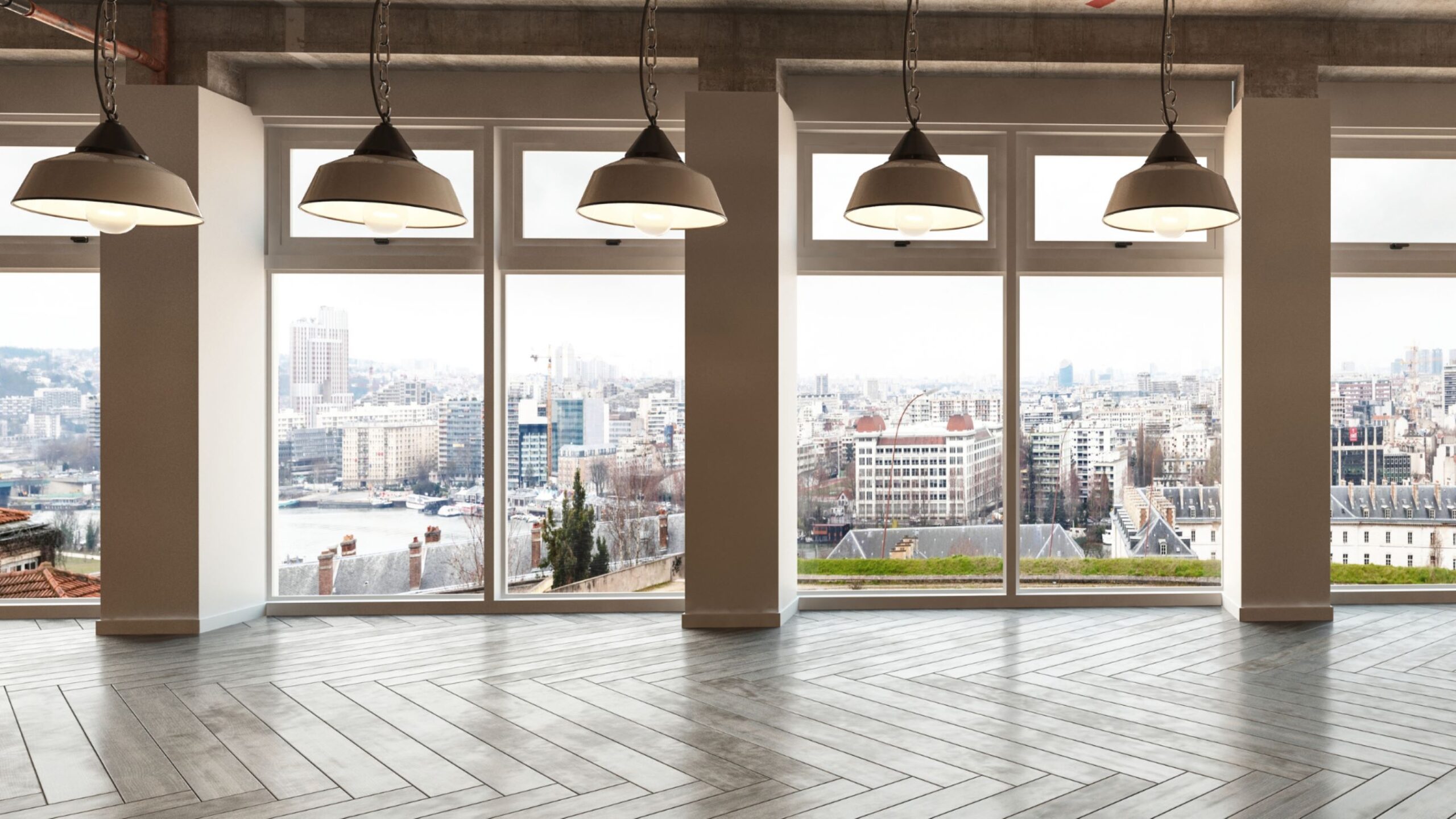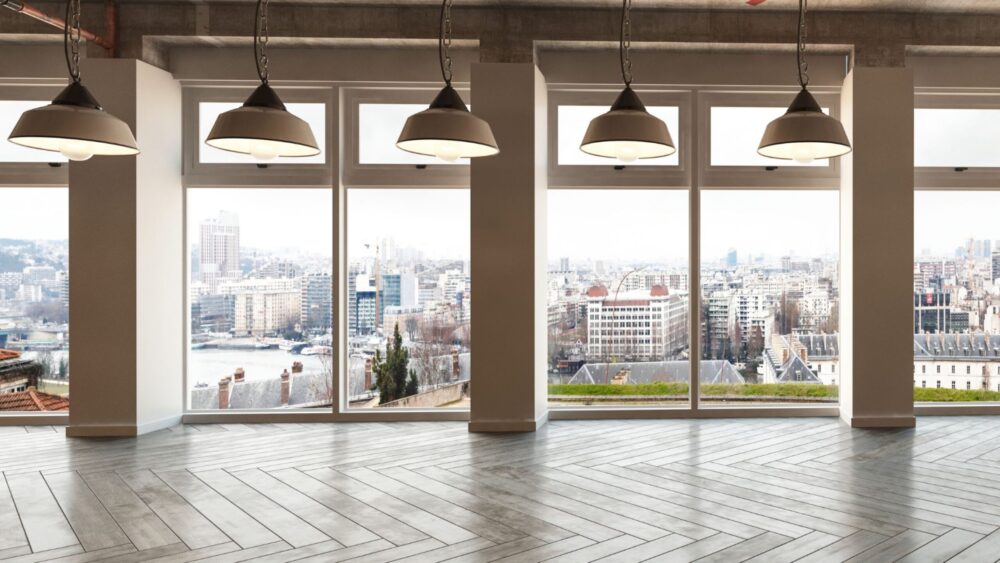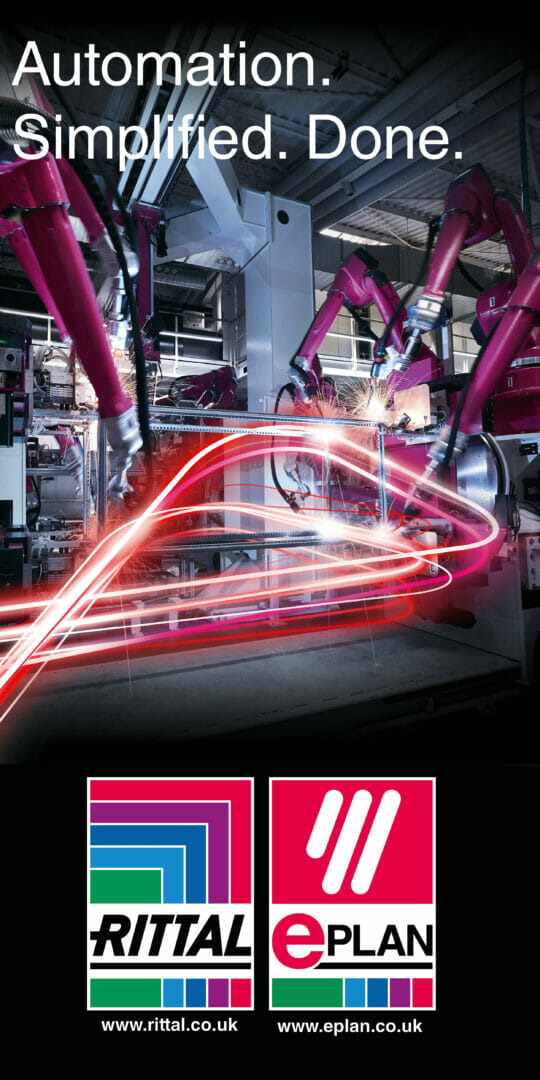~ How occupancy counting can support commercial facilities ~
The news is littered with stories of big-name employers U-turning on remote work, from JPMorgan to Manchester United. It’s one thing mandating a return to the office, but unless businesses understand how their buildings are being used, they risk high operational costs and noncompliance with capacity regulations. Here Claire Robinson, sales director at monitoring solutions specialist IAconnects, explains how occupancy tracking can help.
Last year, many large companies announced strict return-to-office policies, and we’ll likely see more firms ending their remote and hybrid working arrangements in 2025. For example, a KPMG survey found 83 per cent of CEOs expect a full return to office in the next three years.
While some organisations have already adopted strict in-office policies, others are experimenting with hybrid models. Regardless of approach, one common challenge remains — ensuring office spaces are utilised efficiently, safely and cost-effectively.
One solution is occupancy and people counting. This involves measuring the number of individuals entering and exiting a specific area using advanced sensors and analytics. This technology provides accurate, real-time data on foot traffic and occupancy levels in facilities ranging from retail stores to offices and public buildings.
Out with the old
Traditionally, occupancy tracking was manual. We all have vivid images of the dreaded clock-in cards, sign-in sheets and headcounts. These are all prone to human error, relying on outdated data and often lacking real-time visibility. What’s more, the technology that did exist was highly flawed. For example, legacy motion sensors struggled to differentiate between multiple people in the same area or detect stationary individuals.
Today, more solutions include IoT sensors that use thermal, passive infrared (PIR), ultrasonic and LiDAR radar to detect movement and count people. Other options include Wi-Fi and Bluetooth tracking, which uses mobile devices to detect occupancy trends without requiring manual check-ins, and turnstiles and badge systems for access-restricted areas.
The benefits of monitoring
Often, businesses treat occupancy tracking as an afterthought when it should be central to their strategic planning. Effective monitoring can help them optimise space utilisation, reduce costs and enhance the overall employee experience. By tracking how office spaces are used, businesses can ensure that workstations, meeting rooms and common areas are allocated efficiently. This prevents overcrowding while avoiding waste in utilised areas — heating, air conditioning and the like.
Understandably, some staff may feel that monitoring is over-policing. Therefore, it’s important to reassure staff of the technology’s purpose and privacy-protecting measures, such as collecting data anonymously and not capturing personal details.
With many companies reconsidering their office footprints, monitoring provides the data needed to make informed decisions. Those actively tracking occupancy trends can adapt to changing workforce patterns, ensuring they provide the right mix of collaborative and individual workspaces.
Real estate and operational costs are among the largest expenses for businesses, and organisations that track occupancy levels can make strategic decisions about lease renewals, energy consumption and facility management. Meeting rooms can be booked more efficiently, and lighting and heating, ventilation and air-conditioning (HVAC) systems can be adjusted to reduce waste.

Improving indoor air quality
Workplace monitoring is key for maintaining high indoor air quality (IAQ), which directly impacts employee health and productivity. By tracking real-time occupancy levels, businesses can adjust ventilation rates to ensure fresh air is supplied where and when it is needed most.
By integrating monitoring systems with HVAC control, businesses can optimise air quality while reducing energy waste. When occupancy is low, ventilation can be scaled back to conserve energy, while peak usage times trigger increased airflow to maintain optimal conditions. This balance not only enhances employee well-being but also contributes to sustainability efforts by reducing carbon emissions.
2024 was the year of the return to the office, and this will likely continue into 2025. For those who are returning, it’s important to consider occupancy and make this part of their strategic planning. Businesses now have a wide range of technologies and solutions that can support the implementation of return-to-office policies and ensure the best use of office space for their employees.
To find out how IAconnects helped a UK university monitor traffic across two campuses, visit the company’s website and read this case study https://iaconnects.co.uk/case-study/campus-utilisation-air-monitoring/








